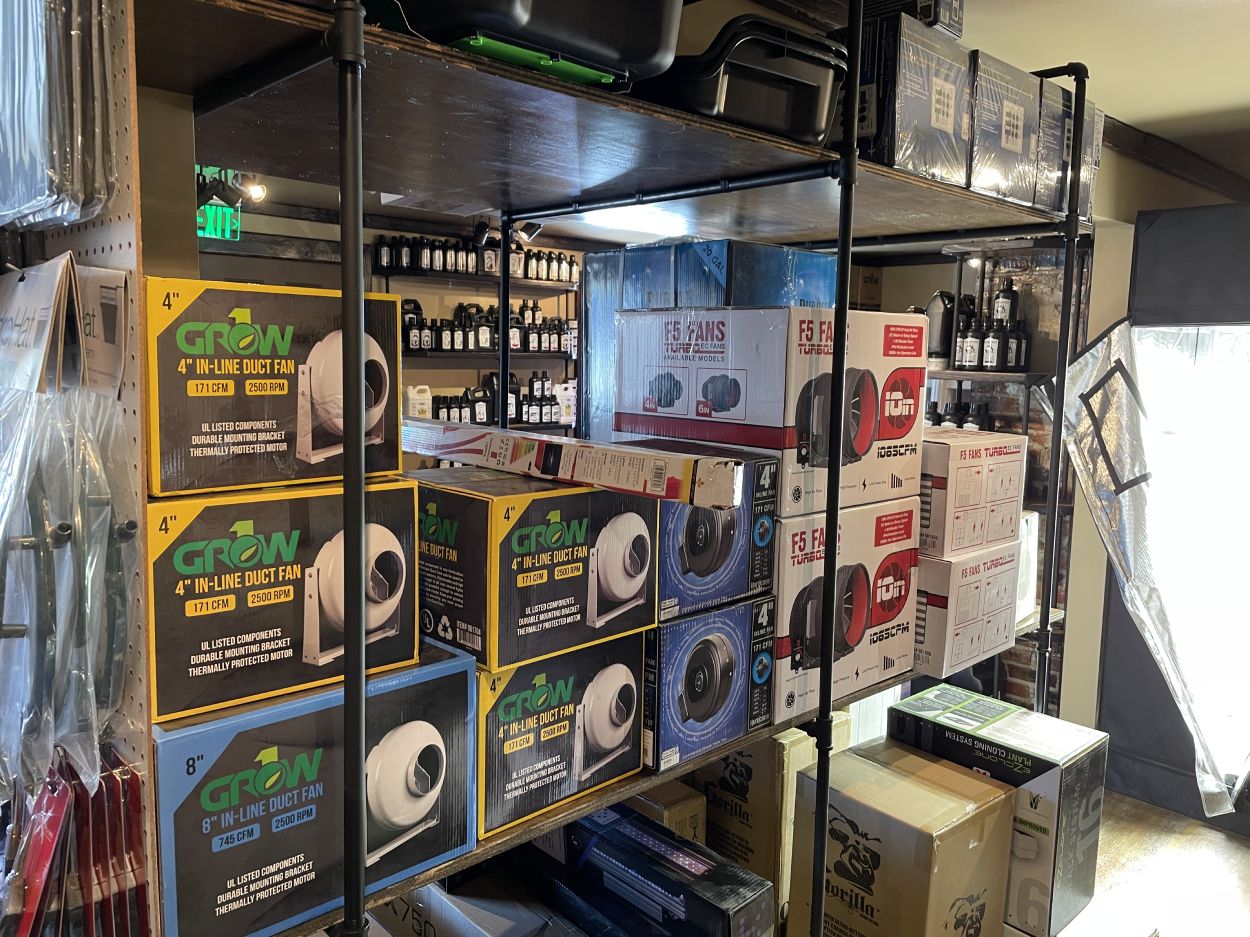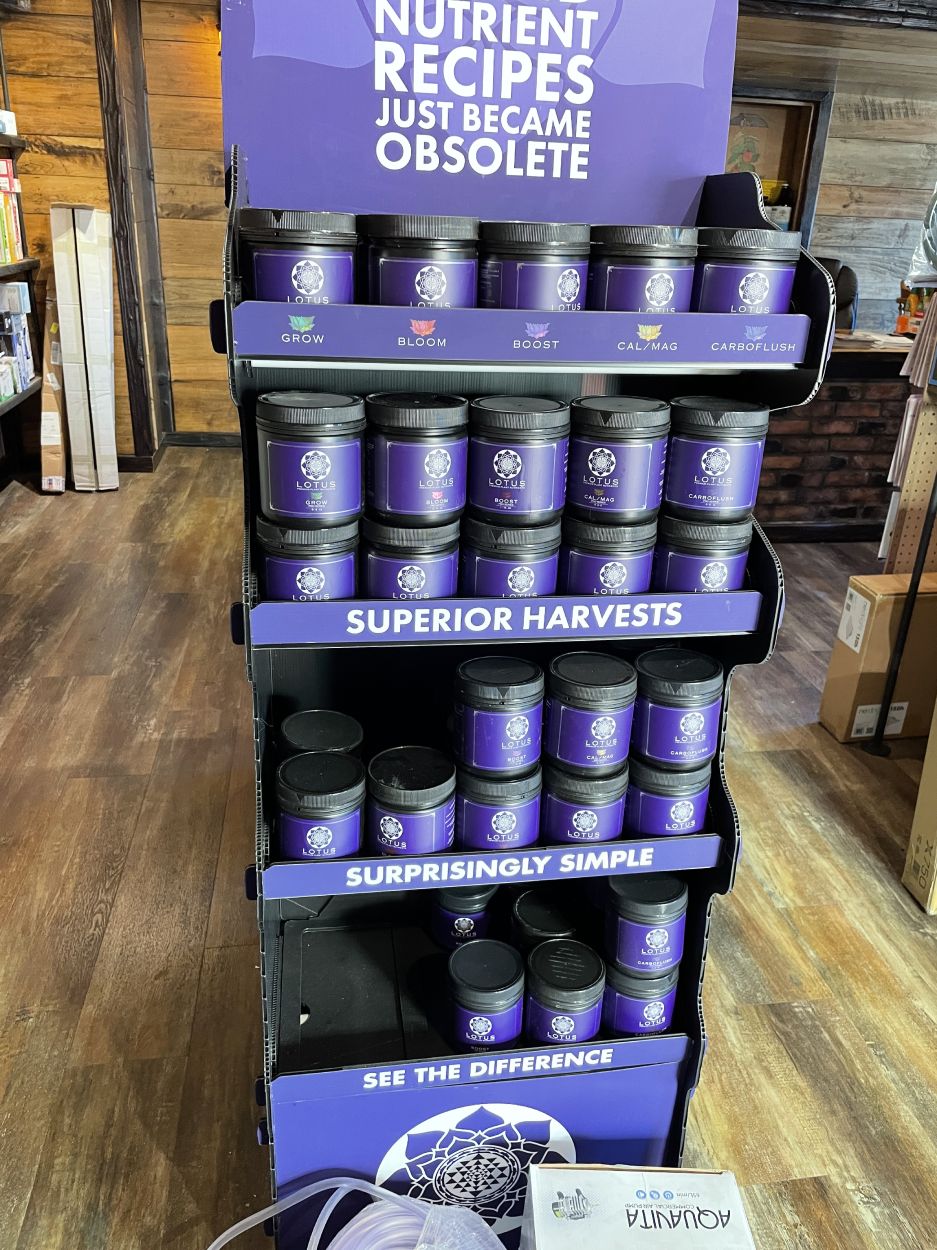Release Your Green Thumb: The Indoor Earthworm's Planting Process Demystified
Release Your Green Thumb: The Indoor Earthworm's Planting Process Demystified
Blog Article
Unlocking the Prospective of Hydroponics: Comprehending Its Utilizes and Various Kinds
Hydroponics, a method of growing plants without dirt, has actually gathered raising interest for its potential to revolutionize farming and horticulture techniques. The precision control over nutrient delivery, water use, and environmental aspects supplies a glance into a future where food manufacturing can be enhanced in different setups. As we navigate with the complex landscape of hydroponic systems and methods, it ends up being evident that each technique holds unique advantages and restrictions. By untangling the diverse usages and kinds of hydroponics, we can discover a globe of opportunities that might improve just how we picture lasting farming and horticulture methods.
Benefits of Hydroponic Solutions

One more benefit of hydroponic systems is the capability to grow plants in a smaller sized space. Hydroponic systems decrease the risk of soil-borne diseases and insects, as there is no soil to nurture these dangers.
Common Utilizes in Farming

Offered the reliable water preservation and space-saving advantages of hydroponic systems, it is evident that these ingenious agricultural approaches have actually found common uses in various markets of farming. The regulated setting of hydroponic systems enables year-round growing, supplying a constant supply of fresh fruit and vegetables no matter of external climate problems.
Hydroponics is generally made use of for expanding a selection of plants, including leafy greens, tomatoes, cucumbers, strawberries, natural herbs, and peppers. Furthermore, hydroponic systems are used in research study and academic setups to study plant nutrition, development, and cultivation techniques.
Exploring Different Hydroponic Strategies
What are the numerous cutting-edge strategies utilized in hydroponics to enhance crop growing effectiveness and yield? Hydroponic systems use a series of approaches that accommodate various plant types and farming goals. One popular method is the Deep Water Culture (DWC) system, where plant origins are immersed in a nutrient option, giving enough oxygen and nutrients. One more extensively utilized technique is the Nutrient Movie Technique (NFT), which includes a shallow stream of nutrient service moving over the plant roots, promoting water and nutrient uptake. Additionally, the Ebb and Flow system, also known as the Flooding and Drain system, periodically floodings the plant origins with nutrient option, enabling oxygenation during draining pipes periods. Aeroponics is an additional advanced method that involves misting plant origins with a nutrient option, making best use of oxygen absorption and nutrient uptake. Each of these techniques showcases the convenience and effectiveness of hydroponic systems in enhancing crop development and yield.
Comparing Numerous Hydroponic Equipments
Exploring the performance and return improvement methods in hydroponics leads us to contrast numerous hydroponic systems readily available for plant cultivation. Each hydroponic system has its unique features, benefits, and constraints, making it vital for cultivators to choose one of the most appropriate system based on their details needs and restrictions.
One of the most common hydroponic systems is the nutrient movie method (NFT), where a thin movie of nutrient solution constantly flows over the plant origins. This system is treasured for its water performance and suitability for expanding leafed greens and natural herbs. On the other hand, the deep water culture (DWC) system submerges plant origins directly right into the nutrient service, giving ample oxygen and nutrients. The DWC system is relatively basic and cost-effective, making it a prominent choice for beginners.
Another preferred hydroponic system is the ups and downs (or flooding and drainpipe) system, which periodically floods the plant origins with nutrient remedy prior to draining it. This cyclic procedure makes certain proper oygenation for the roots while delivering nutrients effectively. In addition, the aeroponic system suspends plant origins airborne and hazes them with a nutrient service, advertising rapid development and high oxygenation degrees. Cultivators searching for a flexible system that decreases water usage usually go with aeroponics. By recognizing the differences in between these hydroponic systems, growers can make enlightened decisions to make best use of plant return and top quality.
Developments in Hydroponic Innovation
With developments in hydroponic innovation, the farming sector is seeing a change towards a lot more sustainable and reliable growing methods. discover here Advancements in hydroponic technology are transforming the way plants are grown by making the most of returns, preserving resources, and reducing environmental influence. One essential advancement is the development of smart hydroponic systems that make use of sensors and automation to keep track of and readjust environmental problems such as pH levels, nutrient focus, and light exposure in real-time. These systems enable accurate control over growing problems, leading to optimum plant development and higher crop returns.
One more significant development is the combination of upright farming techniques with hydroponic systems, allowing for the farming of crops in piled layers. This upright strategy takes full advantage of room utilization, making it excellent for city atmospheres where land accessibility is limited - The Indoor Earthworm. In addition, the usage of sophisticated LED lighting systems tailored to specific plant demands has actually enhanced power effectiveness and improved growth rates in hydroponic arrangements
Technologies like these are driving the advancement of hydroponics, making it a extremely eye-catching and lasting alternative for modern-day agriculture.
Final Thought
Finally, hydroponics offers numerous advantages in read the article agriculture and has numerous techniques and systems that can be utilized to maximize its potential. Innovations in hydroponic technology remain to enhance performance and sustainability in food production. By understanding the usages and various kinds of hydroponic systems, farmers and farmers can unlock the complete potential of this ingenious method of growing plants without soil.
Furthermore, hydroponic systems permit for far better control over nutrient levels, pH equilibrium, and ecological problems, leading to much healthier plants and higher returns.

Report this page